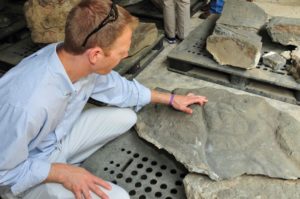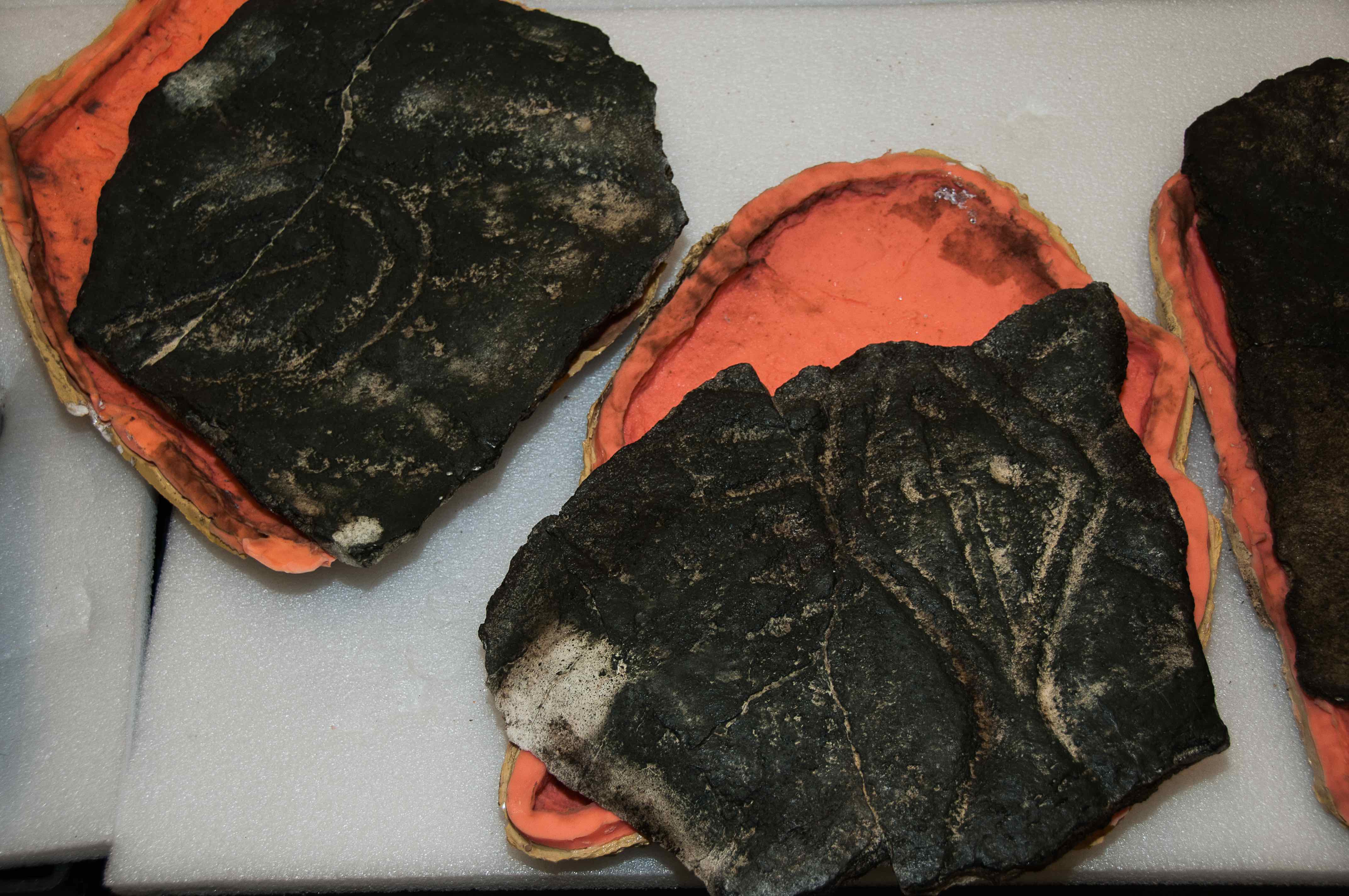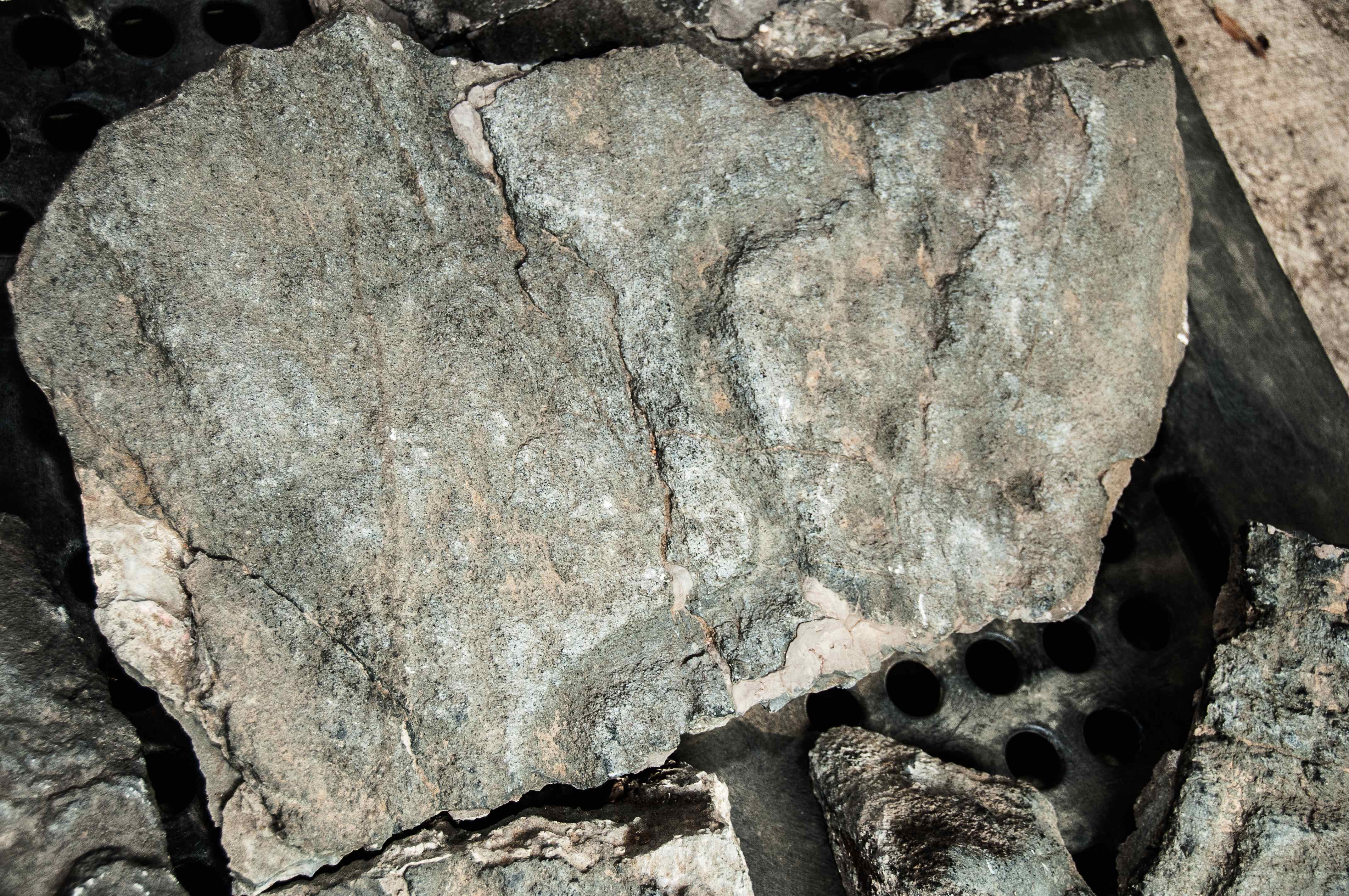Many of the enigmatic symbols in the petroglyphs are geometric shapes, composed of curved lines, dished hollows and diamonds. Some are concentric circles. One is a picture that some interpret as two fish swimming away from two straight lines. Perhaps the most intriguing is a recurring diamond- shaped symbol that some describe as a serpent’s head, a human face, perhaps a fish, or even a ceremonial mask.
Indigenous people who lived here long before Captain Smith’s arrival made carvings into rocks along the Susquehanna River, known as petroglyphs. The exact age of these petroglyphs is unknown, but they may be as old as 4,000 years, due to the various techniques, patterns, and motifs present. Currently, there are two current sets of petroglyphs, one located in Maryland known as the ‘Bald Friar’ set, and the other in Pennsylvania known as the ‘Safe Harbor’ set.
Due to construction of the Conowingo Hydroelectric Dam in the 1920s and the subsequent flooding of the Susquehanna, the ‘Bald Friar’ set of petroglyphs would have been destroyed and buried. However, in 1926 a team from the Maryland Academy of Sciences traveled up the river to Indian Rock with a load of dynamite. They blew the petroglyphs out of the rock and collected as many intact specimens that survived the blast.
Over time, these small pieces of history have been moved around to various locations. Many fragments were lost, and others spread out across the region to various libraries, centers, and historical societies. In 2006, Charles Hall, Maryland state terrestrial archeologist, started a search to locate these ancient artifacts and protect them from neglect and vandalism. After discovering the location of the stones, they were valued, given state ownership, and moved to the archaeological lab at Jefferson Patterson Park and Museum.
 In 2015, the Chesapeake Conservancy partnered with the MD Historical Trust and Maryland Department of Natural Resources to preserve these important cultural relics. The petroglyphs were moved to Susquehanna State Park, located close to the original location of Indian Rock along the Susquehanna River. Members of the Maryland Commission on Indian Affairs and of the Haudenosaunee, the Indian nation that represents the seven tribes of the Iroquois, showed support for this effort.
In 2015, the Chesapeake Conservancy partnered with the MD Historical Trust and Maryland Department of Natural Resources to preserve these important cultural relics. The petroglyphs were moved to Susquehanna State Park, located close to the original location of Indian Rock along the Susquehanna River. Members of the Maryland Commission on Indian Affairs and of the Haudenosaunee, the Indian nation that represents the seven tribes of the Iroquois, showed support for this effort.
These historic treasures offer an opportunity to think about the people who lived along the Susquehanna long before Europeans arrived—to explore their past, visualize their landscape, and begin to restore their memory, their land, and their ancient petroglyphs, to an honored place. Both sets of petroglyphs can still be viewed today; for more information on how to view these historic carvings, check out our Find Your Chesapeake blog ‘Voices in the Susquehanna Rocks‘.


